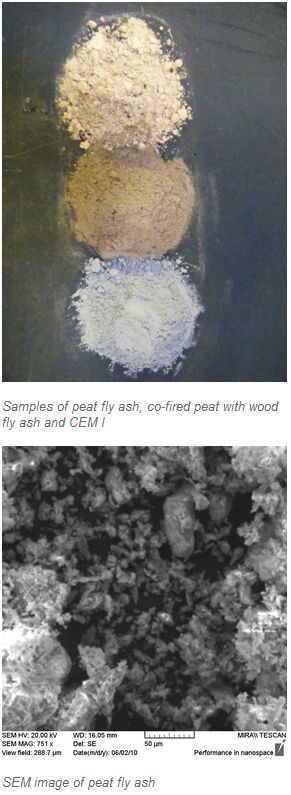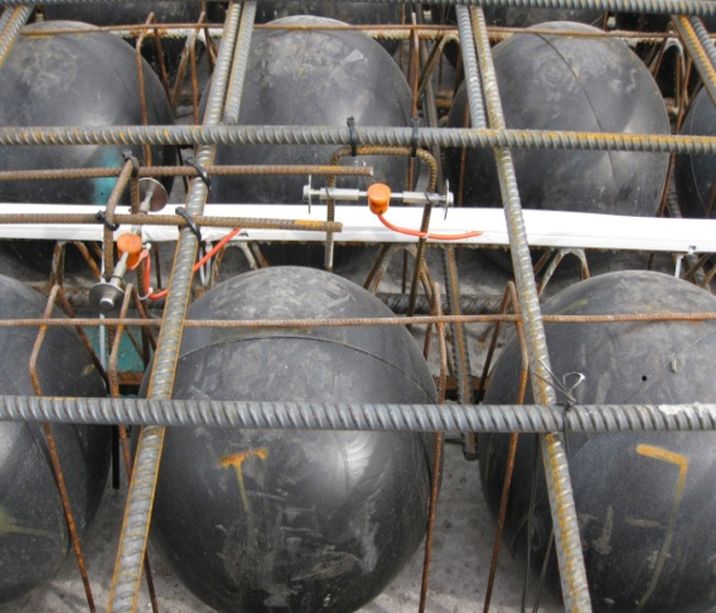-
Courses

Courses
Choosing a course is one of the most important decisions you'll ever make! View our courses and see what our students and lecturers have to say about the courses you are interested in at the links below.
-
University Life

University Life
Each year more than 4,000 choose University of Galway as their University of choice. Find out what life at University of Galway is all about here.
-
About University of Galway

About University of Galway
Since 1845, University of Galway has been sharing the highest quality teaching and research with Ireland and the world. Find out what makes our University so special – from our distinguished history to the latest news and campus developments.
-
Colleges & Schools

Colleges & Schools
University of Galway has earned international recognition as a research-led university with a commitment to top quality teaching across a range of key areas of expertise.
-
Research & Innovation

Research & Innovation
University of Galway’s vibrant research community take on some of the most pressing challenges of our times.
-
Business & Industry

Guiding Breakthrough Research at University of Galway
We explore and facilitate commercial opportunities for the research community at University of Galway, as well as facilitating industry partnership.
-
Alumni & Friends

Alumni & Friends
There are 128,000 University of Galway alumni worldwide. Stay connected to your alumni community! Join our social networks and update your details online.
-
Community Engagement

Community Engagement
At University of Galway, we believe that the best learning takes place when you apply what you learn in a real world context. That's why many of our courses include work placements or community projects.
Concrete Technology
 Concrete is the most utilised substance in the world after water. Ordinary Portland Cement (OPC) is the most common binder used in concrete and can typically contribute to well over 50% of the embodied energy (EE) in concrete.
Concrete is the most utilised substance in the world after water. Ordinary Portland Cement (OPC) is the most common binder used in concrete and can typically contribute to well over 50% of the embodied energy (EE) in concrete.
The energy consumed in cement manufacturing process varies depending on process used, but is largely due to the high temperature at which limestone, clay and sand are heated in order to form clinker.
Some put the cement industry total as high as 7% of total global anthropogenic CO2 emissions. However, with new technologies the cement industry is reducing its CO2 emissions. Further cuts are limited to the extent of which cement extenders can be used to still produce a material with the right stress and strength properties. Alternative binders to OPC are currently available on the market, with new ‘green’ blended cements being developed.
The Concrete Technology Research Team at NUI Galway are investigating alternative materials that are sourced locally and are a waste or by-product of another industry that could be used to replace or reduce the amount of OPC in concrete and other products requiring cementitious binders.
In the aftermath of the Kyoto protocol the ‘carbon market’ has incentivised industries to become more sustainable and change their outlook. Thus, it is critical that embodied energy (EE) and embodied carbon (EC) can be assessed, as previous studies have emphasised just how important it is. In reference to the built environment, the EE of a multi storey building can represent up to 67% of the operational energy (OE) for a 25 year lifecycle; for a low energy house the EE can account for up to 50% of the OE over a 60 year lifecycle. EE may be expressed as megajoules (MJ) per unit weight (kg) or unit area (m2). The EC is measured in carbon dioxide equivalent (CO2e).
The Concrete Technology Research Team at NUI Galway is developing a framework and software tool to quantify the EE/EC of products and services in an Irish context using a hybrid Input-Output (I-O) methodology. An initial study applies the framework to cement, which is a material high in EE/EC and consequently a material included in the European Union-Emissions trading scheme (EU-ETS).
Other research projects being undertaken by the Concrete Technology Research Team at NUI Galway are given in the research section. These range from embedded sensors installed to continuously monitor strains and temperature changes in a novel form of flat-slab system used in the new engineering building at NUIG to the development of cost effective sustainable construction technologies, such as stabilised soil blocks.

Vibrating wire gauges installed in void-formed flat slab system in the new engineering building at NUIG















